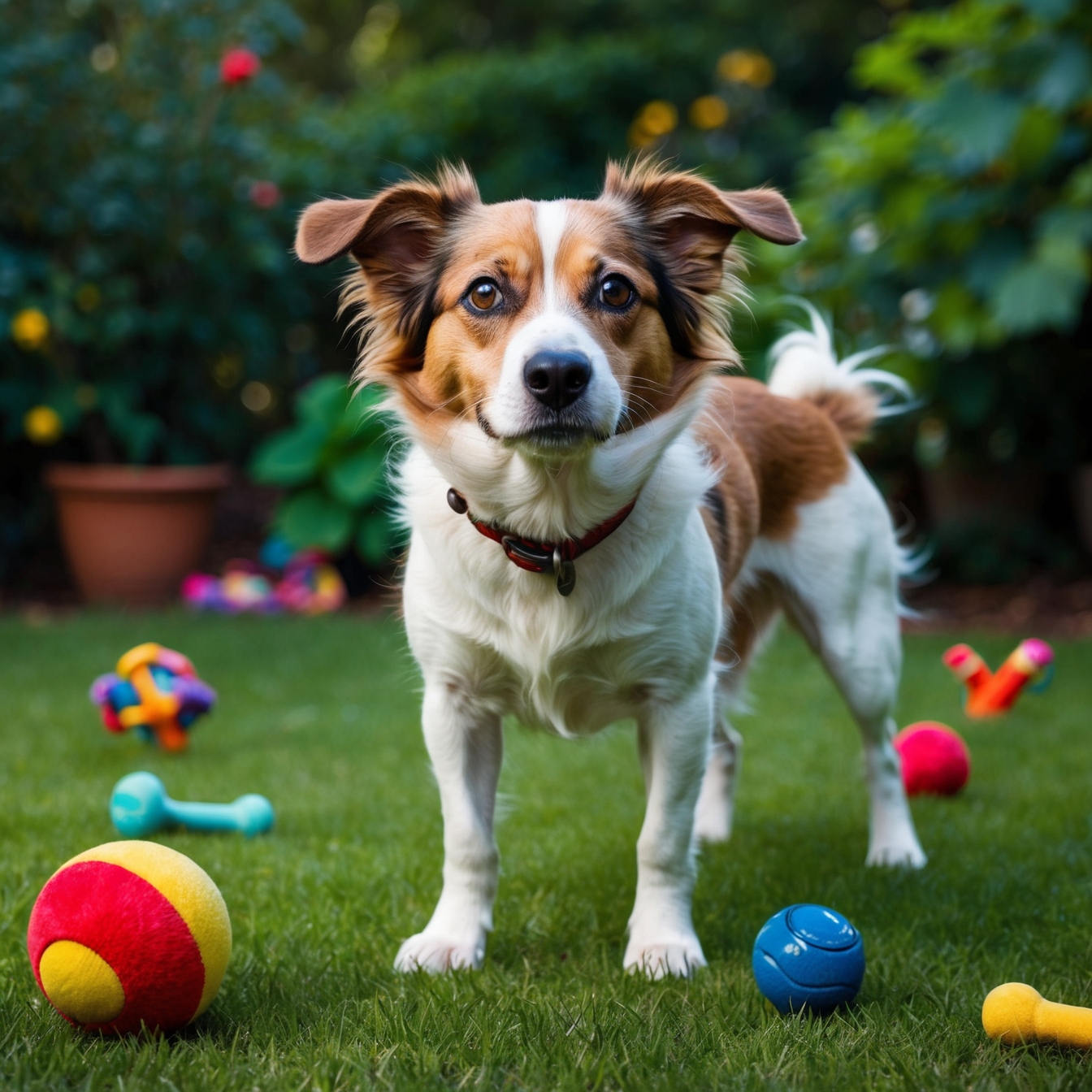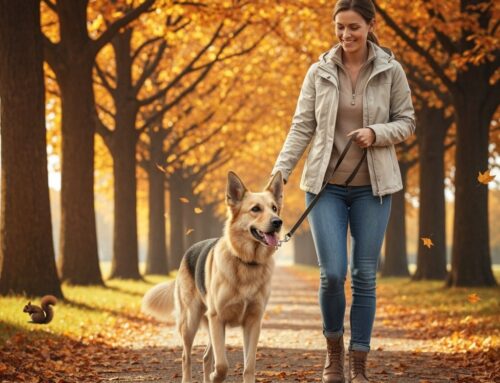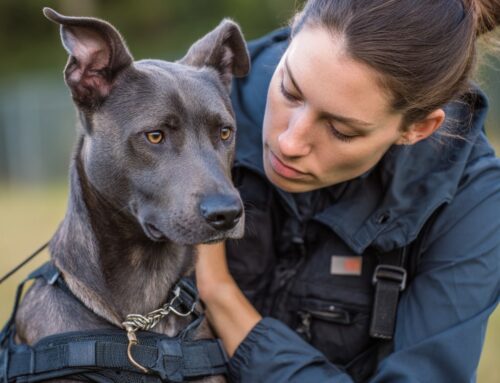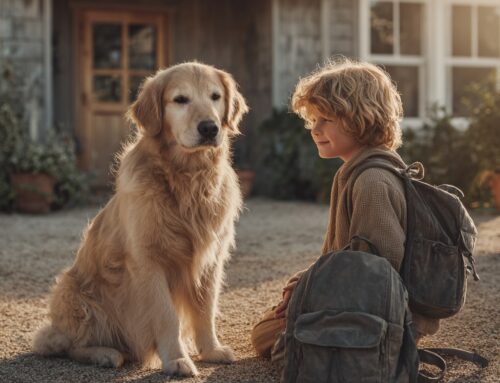When dealing with a distracted dog, it can feel quite challenging for a pet owner, but once you get your dog’s attention in dog training it can be one of the most rewarding experiences for both you and your pet. Dogs can become easily distracted by various stimuli in their environment from a low distraction environment to even bigger distractions, leading to frustration for both the owner and the pet. However, understanding the causes of distraction and how your dog responds and implementing effective strategies can help improve your dog’s focus and attention with specific distraction training. We’ll get into how to build focus in a distracted dog, emphasizing essential techniques and distraction training tips for successful dog training.
Understanding Distraction
What Causes Distraction?
Distraction in dogs can stem from a variety of sources. Common distractions include:
- Noises: Sounds from cars, people, or other animals can easily draw your dog’s attention away from you and can be hard to ignore distractions.
- Visual Stimuli: Movement, such as people walking by, other dogs playing, or even leaves rustling in the wind, can capture your dog’s interest.
- Smells: Dogs have an incredible sense of smell, and interesting scents in their environment can easily distract them.
- Temperament: Some dogs are naturally more curious or excitable, making them more prone to distractions even if they’re in a quiet environment.
Understanding what distracts your dog is the first step in addressing the issue. Observing your dog in different environments can help identify specific triggers.
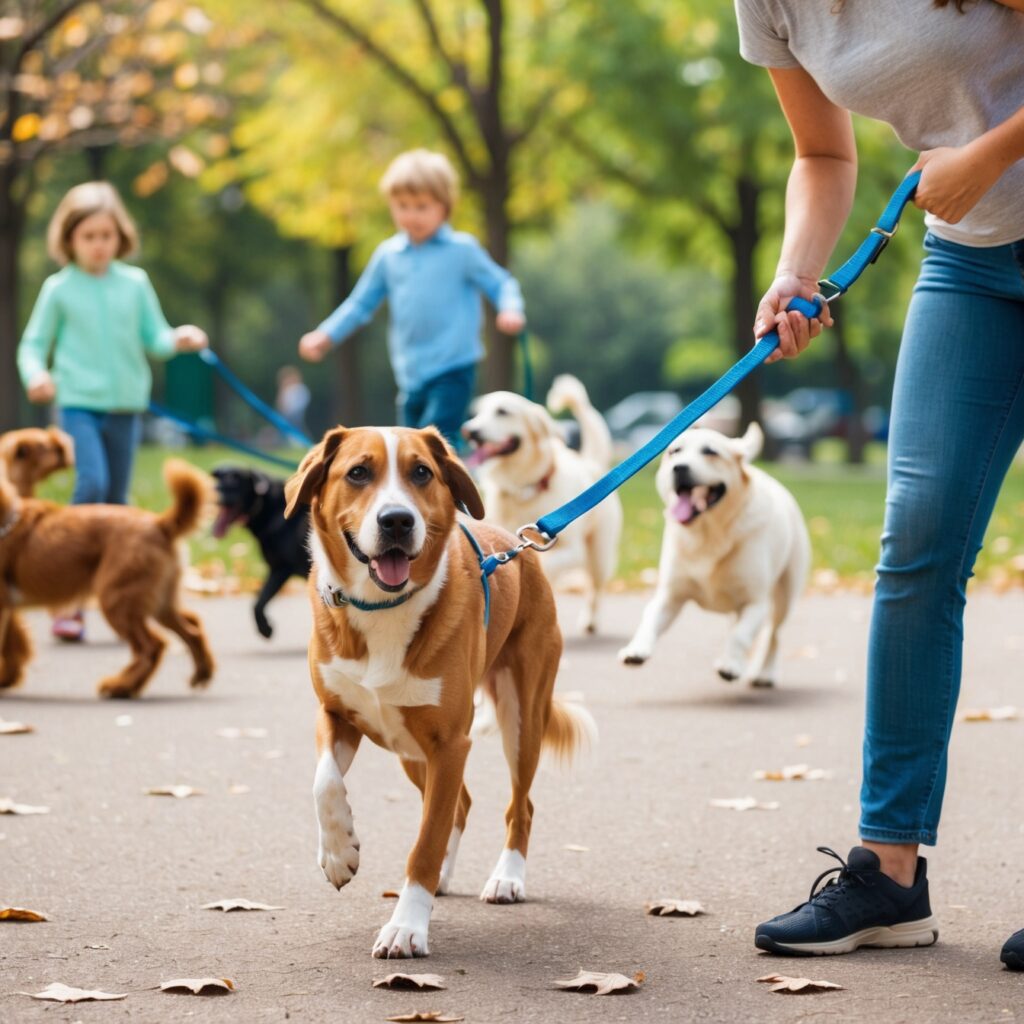
Recognizing Signs of Distraction
Before you can train your dog to focus, it’s essential to look at your dog’s ability and recognize when they are distracted. Signs of distraction include:
- Pulling on the Leash: If your dog is constantly tugging at the leash to investigate something, they are likely distracted.
- Looking Away: When your dog turns their head or body away from you, it indicates that something else has caught their attention.
- Inability to Settle: If your dog can’t stay in one place or seems restless, they might be overwhelmed by distractions or feel they are in a distracting environment.
By recognizing these signs of distraction, you can tailor your training approach to address your dog’s specific needs.
Building Focus: Key Strategies
Once you understand the distractions affecting your dog, you can implement strategies to improve their focus. Here are some key techniques:
1. Establish a Strong Foundation
Before tackling training a distracted dog, ensure that your dog has a solid grasp of basic commands such as “sit,” “stay,” and “come.” These basic obedience training commands serve as the foundation for more advanced training. Start in a controlled low distraction environment with minimal distractions, like your home or backyard. Practice these commands consistently until your dog can respond reliably before moving on to more challenging situations like at a dog park for distraction training.
2. Use High-Value Rewards
Motivating your dog with high-value treats is essential for capturing and maintaining their attention. High-value treats are typically something your dog loves and doesn’t receive often, such as special snacks or their favorite toy. During training sessions, use these treats to reward your dog for focusing on you instead of their distractions. For example, if your dog successfully follows a command despite distractions nearby, reward them immediately with a treat. This positive reinforcement of rewarding behaviors that are good helps them associate good behavior with rewards, increasing the likelihood of focused behavior in the future.
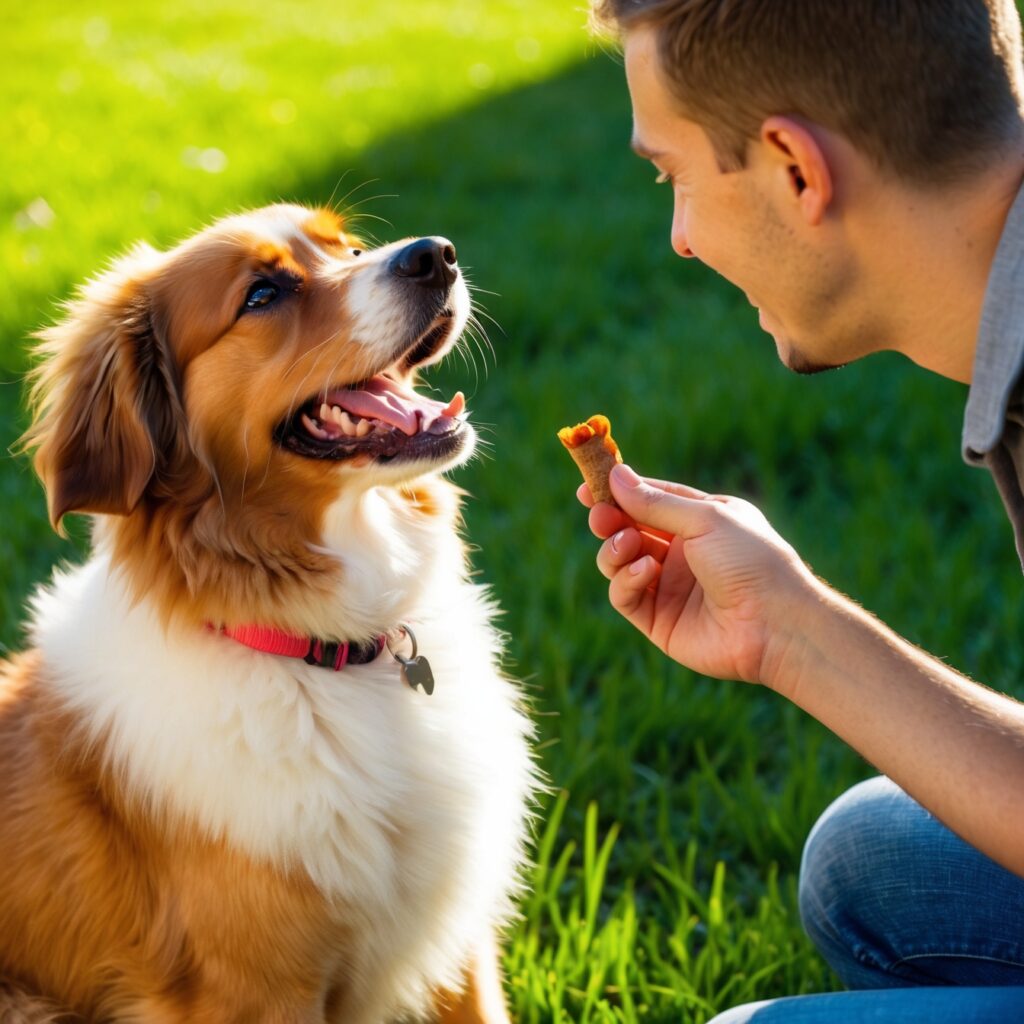
3. Create a Focused Training Environment
Start training in a quiet, familiar place where your dog feels comfortable. This could be your living room or a quiet park with few distractions and just a few family members. As your dog becomes more focused, gradually introduce distractions in their environment. For example, you might start training with no other dogs around and then slowly include a friend’s dog at a distance, then you can gradually bring them up to a busy park with other dogs. This gradual exposure helps your dog learn to focus on you even when distractions are present and overall help boost your dog’s confidence in the process.
4. Practice Attention Exercises
Implementing specific attention exercises can significantly enhance your dog’s focus. Here are two effective exercises:
- “Look at Me” Command: Teach your dog to make eye contact with you on command. Start by holding a treat near your face and saying “look at me.” When your dog makes eye contact, reward them immediately. Gradually increase the duration of eye contact before giving the treat, reinforcing the behavior.
- Attention Games: Engage your dog in games that encourage focus. For instance, play “Find the Treat,” where you hide treats around the room and encourage your dog to search for them. This not only stimulates their mind but also teaches them to concentrate on a task.
5. Implement Regular Training Sessions
Consistency is crucial in dog training. Instead of long, infrequent training sessions, opt for short, frequent sessions throughout the day. Aim for 5 to 10 minutes of focused training multiple times a day. During these sessions, reinforce attention exercises and commands. Incorporating focus exercises into daily routines—like asking your dog to “sit” before feeding or going for walks—helps them learn to pay attention in various situations.
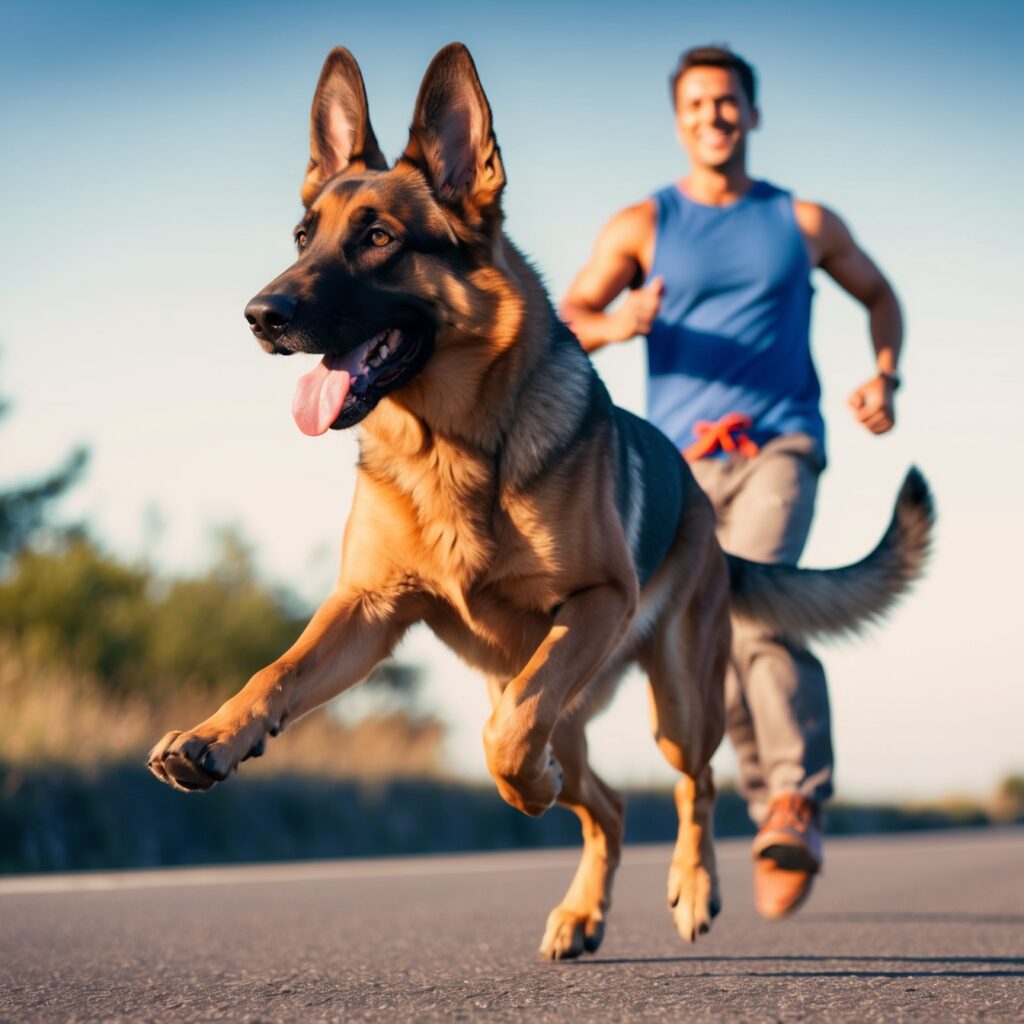
6. Gradually Increase Distractions
Once your dog can focus well in a controlled environment and is responding reliably, it’s time to gradually introduce more distractions. Start with mild distractions, such as a family member walking by or a dog at a distance. If your dog gets distracted, calmly redirect their attention back to you with a command or a treat until they start to ignore distractions. Over time, increase the difficulty of the distractions, ensuring your dog is consistently rewarded for maintaining focus. Be patient, as some dogs may take longer to adapt to new distractions than others.
Tips for Success
Training a distracted dog can be challenging, but these dog training tips can help you stay on track:
Stay Positive and Patient
Training can be a slow process, especially when working with a distracted dog. It’s essential to maintain a positive attitude and celebrate small victories. Acknowledge your dog’s efforts, even if they don’t perfectly execute a command every time. This positive reinforcement builds their confidence and encourages them to continue learning.
Avoid Punishment
Using punishment to correct distracted behavior can backfire, leading to fear and anxiety. Instead, focus on redirecting your dog’s attention and rewarding positive behavior. Building trust through positive reinforcement is more effective in fostering a strong bond between you and your dog.
Consistency is Key
Consistency in commands and routines is critical for effective dog training. Use the same words and gestures for commands to avoid confusing your dog. Additionally, establish a regular training schedule to help your dog anticipate when it’s time to focus on training.
Training A Distracted Dog
Building focus and attention in a distracted dog is a gradual process that requires patience, consistency, and positive reinforcement. By understanding the causes of distraction, establishing a strong training foundation, and implementing effective strategies, you can help your dog become more attentive and responsive to your commands. Remember that every dog is unique, and progress may vary, so celebrate each small success along the way.
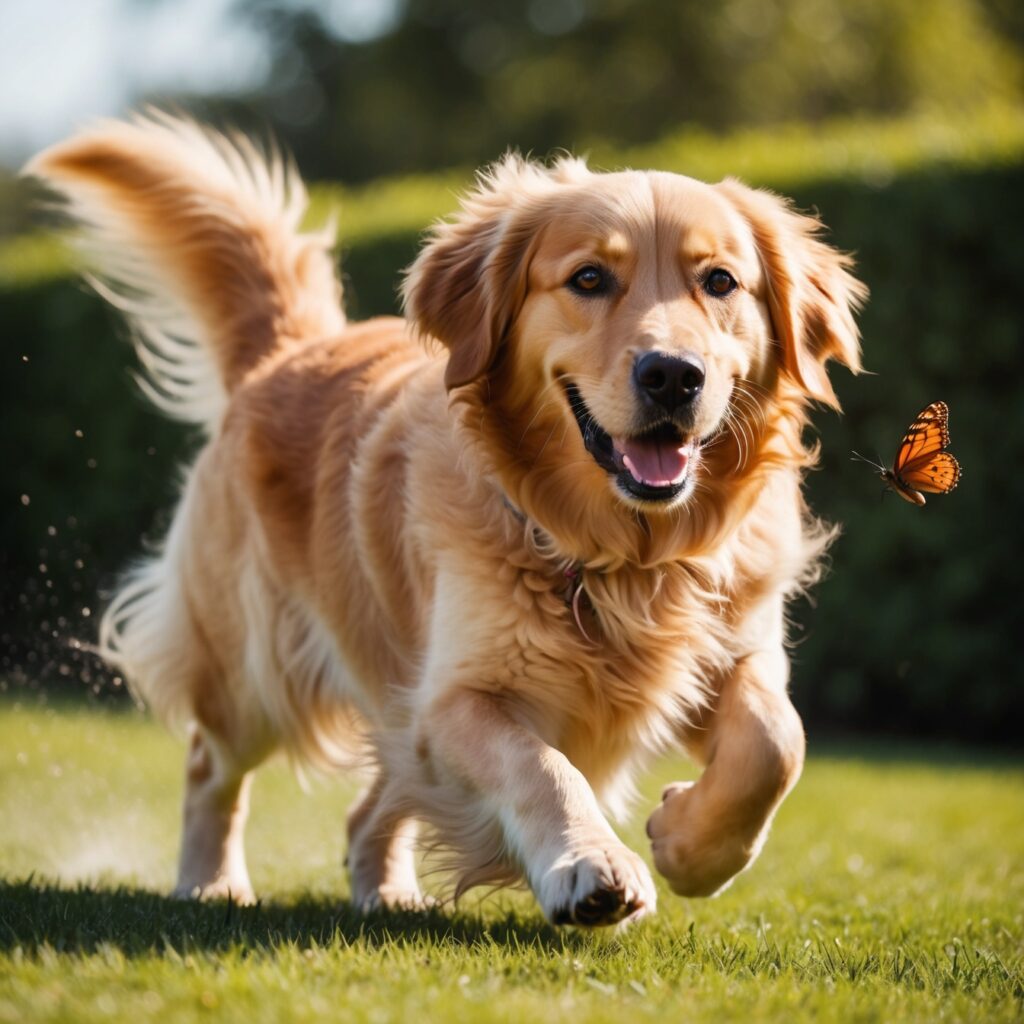
If you’re looking for additional support and training options, consider reaching out to Performance K9 Training and Boarding and their Basic Behavior Modification Program to help train your dog with necessary basic obedience commands that are learned under partial distraction overall helping with their focus and attention. Their experienced trainers can provide personalized guidance and strategies to help you and your dog achieve your training goals especially when it comes to training a distracted dog. And if you’re looking for a more advanced program, Performance K9 Training and Boarding also offer their Advanced Behavior Modification Program that includes learning skills under full distraction truly honing in on your dog’s ability in focus and attention during training. Make sure to contact Performance K9 training today to get a free consultation to see how they can best help you and your dog training journey!



